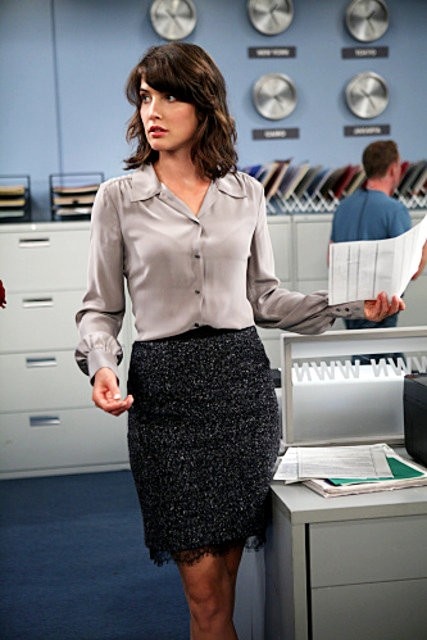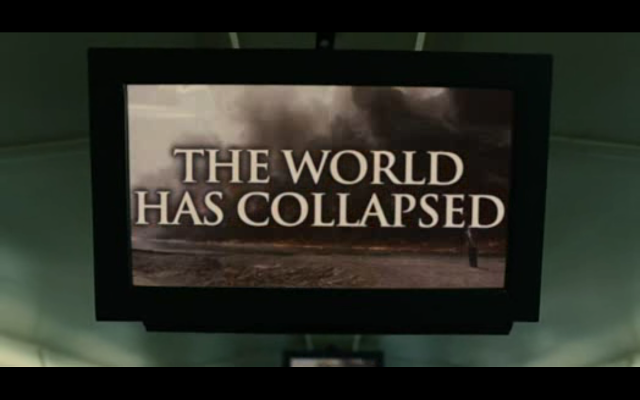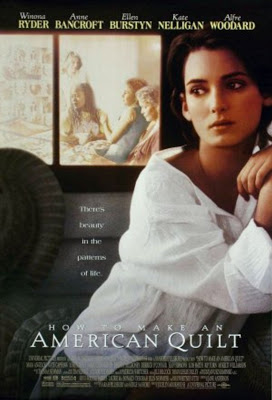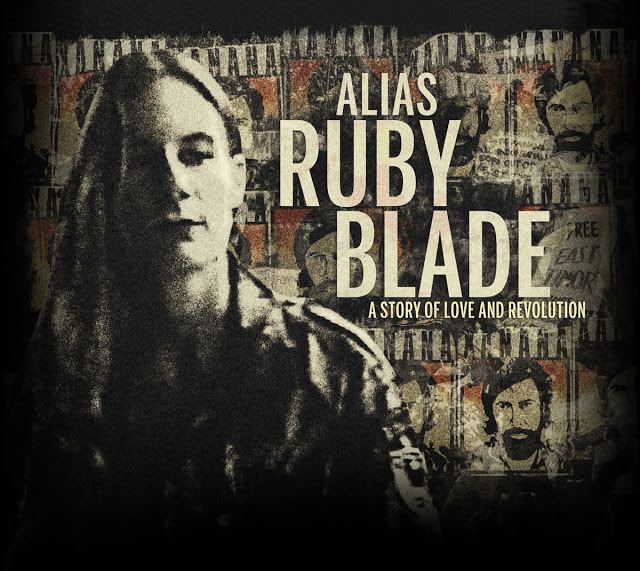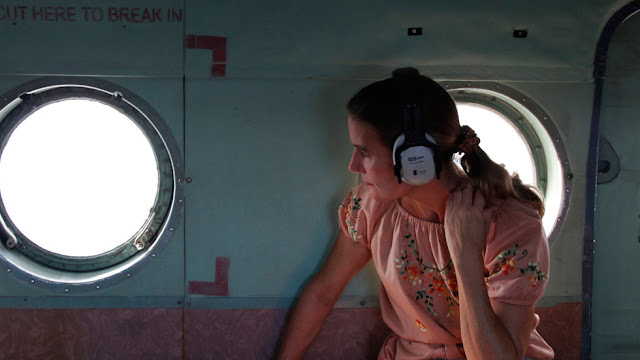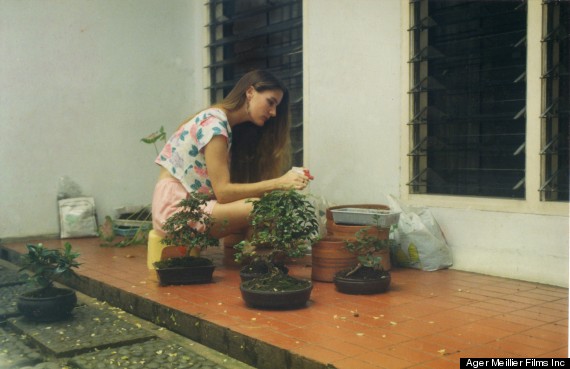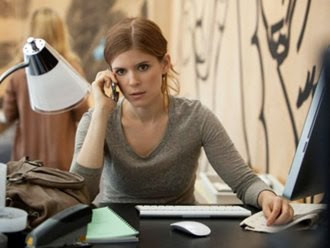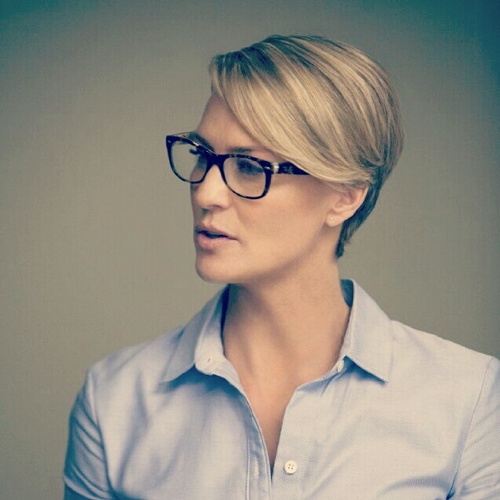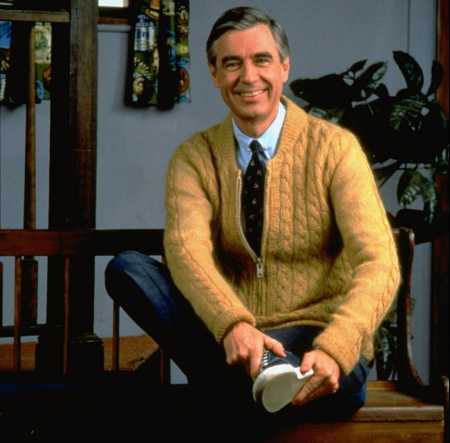Women can’t get pregnant anymore and nobody knows why. This the central lamentation in Alfonso Cuaron’s 2006 dystopian film Children of Men, based on P.D. James’s novel. Set in England in the year 2027, this is the story of the human race entering its final phase. Cuaron brings us into Orwellian territory in which nations worldwide have fallen as a result of war, disease, and famine. Britain remains a sort of lucrative last bastion in these end times and people across the globe are scrambling to get in. Foreign immigrants are referred to as “fugees,” and, borrowing from Hitler’s playbook, the British government rounds them up, cages them, and sends them to zoned and policed ghettos and camps. To hire, sell to, or even feed fugees is a crime. Avoiding fertility tests when the human race is dying out is also a crime. There are no more sounds of children laughing. There are sirens. There are bombs. There is gunfire. There are government-provided suicide kits. There is the wailing and gnashing of teeth, especially since an eighteen year old, the youngest human on the planet, has just died.
The film opens with the main character, Theo (Clive Owen), getting coffee at a local café. Café patrons look on inconsolably as the news program on the café’s TV breaks the story that “Baby Diego,” the world’s youngest person, was shot because he refused to sign an autograph. The title of “world’s youngest person” now passes to a woman older than Diego by a matter of months. Theo exits the coffee shop and within seconds, it blows up. He makes his way to his government job though, ears ringing, completely accustomed to daily violence at this level.
All the workers in Theo’s office are glued to their computer screens, weeping as Diego “in memoriam” slideshows are played. Theo plays the grief card to skip out on work and visit his longtime liberal activist friend, Jasper (Michael Caine), and his wife, who MI-5 tortured into a state of catatonia for her radical photojournalism. It is here we learn that Theo is a former radical who was married to another radical, Julian (Julianne Moore), yet the death of their young son years ago wedged them apart.
 |
| Theo, his former spouse, Julian, and their son. |
Jasper begins telling Theo about “The Human Project,” a seemingly mythic organization aimed at getting to the root problem of the infertility pandemic. Theo remains apathetic and unmoved by Jasper’s enthusiasm for this cause. He’s unconvinced they exist and claims that even if they do find a cure for infertility, it’s too late, because the world “went to shit” already. There is always blame associated with infertility, and it’s usually placed on the woman, as if somehow she is not doing her part, as if her “defunct” biology renders her useless, as if her sole purpose is procreation. These future scientists don’t know if it’s due to pollution, radiation, pesticides, global warming, or even low-sperm count (lest we forget that men are not always completely virile), and the fanatical religious right element views the infertility pandemic as a righteous punishment handed down from God. For them, it’s just another pit stop on the road to Armageddon.
Julian has her activists kidnap Theo and she persuades him to use his governmental connections to sneak a fugee past checkpoints and out of the country. It’s obvious that he’s still in love with her, and although she’s keeping him in the dark as to her motives, he agrees to do it. Theo asks Julian how she got over their son’s death so quickly, to which she abruptly and angrily replies, “You don’t have a monopoly on grief,” and that Dylan’s death is something that haunts her on a daily basis. They meet up with fellow activists, including former gynecologic nurse, Miriam (Pam Ferris) to transport Kee (Clare-Hope Ashitey) past British borders and into the hands of The Human Project. En route to a supposedly safe location, they are accosted, and Julian is killed. Miriam, Theo, and Kee stay the night in a remote English farmhouse with the other activists who have rallied to ensure Kee’s safe departure.
Theo has absolutely no idea what’s going on. He doesn’t completely trust these people and wonders why everyone is risking their lives for this young woman. Sensing Theo needs convincing, Kee disrobes and we see that she is extremely pregnant. Now Theo has a purpose. Something to live for. Now the entire human race has something to live for. Once skeptical about The Human Project, he realizes what’s at stake, playing a sort of Joseph figure to Kee’s Mary. Although this isn’t his baby, it’s sort of everyone’s baby. Kee admits she doesn’t know who got her pregnant, but she’s definitely portrayed in a pure sort of light. The scene where she reveals her pregnancy to Theo takes place in a barn surrounded by hay and cows—heavy with Biblical overtones.
 |
| Kee reveals her pregnancy |
Kee wants to have the baby at the farm, but Theo overhears the radicals plotting to execute him as soon as he gets Kee past the checkpoints, and he realizes they want to use her baby as a political bargaining chip to advocate for illegal immigrants’ rights. Theo, Miriam, and Kee escape to Jasper’s, where he tells them his old friend in the army can get them into a refugee camp. Once inside, they can get a boat out to sea where The Human Project ship, The Tomorrow, will take Kee to safety.
Kee had never seen a pregnant woman, had no idea what was happening to her, and felt “like a freak” when she saw her body change. When she felt the baby kick, she knew it was alive, and that she was, too. Jasper tells Kee about Dylan’s death, and that Theo’s fate lost out to chance. But isn’t this what conception is all about? Chance? Isn’t life itself a game of chance? Is parenthood an obligation? A choice? Is a child a blessing or a burden? With all the atrocities we’ve carried out and all the violence we’ve enacted on one another, do we deserve to exist? Do we need to bring new life into this mess? And suppose Kee had not wanted this baby?
Other than being presented with where she would like to have her baby, nobody asks Kee if she wanted any of this to begin with. Perhaps the fate of the human race resting on Kee’s shoulders, or, more appropriately, in her uterus, and perhaps the key to fertility being something unique to her genetic makeup is motivation enough for her to unquestioningly continue her pregnancy. Jasper’s fate vs. chance statement brings up a great deal of unanswered existential questions, not only as they pertain to the film’s characters, but for us living in a world where, for example, China has a one-child-per family limit, or where a friend jokingly told me that I’d get a better income tax refund if I got knocked up.
Theo, Kee, and Miriam escape Jasper’s just as the authorities arrive and kill him. The three of them plan to rendezvous with Jasper’s military connection at one of many now-defunct elementary schools —how bizarrely apropos! A In a haunting scene, Theo walks the school’s hallways and a lone deer runs down a corridor. Earlier in the movie, there were dogs all over the farmhouse property. Kee stood in pen of young cows when she showed Theo her stomach. Animals are able to procreate, so why is infertility only affecting the human population? This isn’t brought up at any point during the film. Shouldn’t all species be on their last legs? Miriam says, “As the sounds of the playground faded, the despair set in.” She reminisces how women at her clinic were miscarrying sooner and sooner until pregnancies just stopped occurring altogether.
Jasper’s connection “arrests” them for being “foreigners” (how can anyone mistake Clive Owen for anything other than British????), and on the bus ride into the camp, Kee’s water breaks. In order to avoid the authorities catching on to Kee’s labor pains, Miriam distracts them and the guards remove her from the bus and execute her.
 |
| Theo delivers baby Dylan |
Once in the camp, Theo and Kee find sheltered room. Kee lies on a squalid mattress and Theo pours alcohol on his hands to deliver her daughter in a matter of minutes. The slightly premature (and horribly CGI-enhanced) baby Dylan (named after Theo and Julian’s son) is presumably healthy. Like most birth scenes, this one is completely ludicrous. Why do most directors hold back when depicting birth scenes? We see so much senseless violence (and this film is violent from beginning to end) and so much life leaving the world, so what’s wrong with showing the realistic way in which life enters the world? Kee is surprisingly light on her feet when she and Theo find out they have to evacuate STAT because the government is planning to wipe that camp off the map. Granted, her legs are caked in blood and afterbirth from the delivery. That was believable. Although it’s hard to nurse in a war-torn ghetto, there are no shots of Kee feeding Dylan—kind of central to the baby’s survival and mother-child bonding.
A mortally wounded Theo manages to escort Kee and Dylan to safety, and as Dylan begins to cry amid all the rockets and gunfire, everything comes to a halt. Angelic music begins to play. Other fugees break into tears at the sight of the baby and reach out to try to touch her. Soldiers who had entered the tenement housing with guns aimed at all the fugees immediately lower their weapons, drop to their knees, and make the sign of the cross. Theo and Kee get into their boat and make it to sea right before the camp is obliterated. Adrift on the open water, the dying Theo shows Kee how to hold Dylan to soothe her and stop her crying. He bleeds out and slumps over just as The Tomorrow sails toward them. The Human Project does exist. Yet, what is in store for Kee, Dylan, and the human race remains a mystery as the screen abruptly goes black.
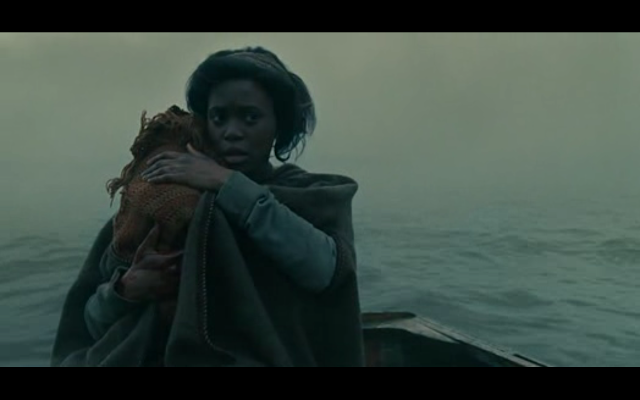 |
| Kee and baby Dylan |
I did not read James’s novel, and therefore, don’t know how closely Cuaron’s version followed the book. Perhaps the book delved into more of the science or other global issues that occurred at the onset of the mass infertility. One of the main issues for me was that it was unclear whether women were unable to get pregnant, whether men were unable to get them pregnant, or if there was just complete reproductive failure for both sexes. The fact that infertility was limited strictly to humans also didn’t make sense. The fact that outspoken female activists like Julian and Jasper’s wife were brutally hunted and tortured for their resistance was sort of glossed over, as was the strain that Dylan’s death had on Julian and her marriage to Theo. I’d have liked more backstory there.
When I sat down to write this review, I vowed not to use the words “belly,” “bump,” “baby bump,” “preggo,” or “preggers.” I only used “knocked up” because I was quoting a friend of mine when she made the joke about children as tax deductions. I’ve just entered my thirties, and the majority of the women I went to high school with are mothers now. I shouldn’t internalize that there’s something wrong with me because I’m not a mother, but every time I see a picture of a pregnant stomach or a sonogram on Facebook, a little twinge goes through me. Should I want this? Why? Why does fertility turn into yet another unhealthy competition for women? Nobody should be “blamed” for infertility, regardless of gender. It does not make anyone less a woman or a man if they cannot make babies. Instead of obsessing over own biological clocks running down (yes, there are even iPhone apps for that!) or our “completeness” via parenthood, we should focus on shaping the kind of world we want to bring children into.
Carleen Tibbetts lives in Oakland. Her poems and reviews have appeared or are forthcoming in Word Riot
, Metazen
, Monkeybicycle
, Coconut
, H_NGM_N
, The Rumpus
, and other journals.













